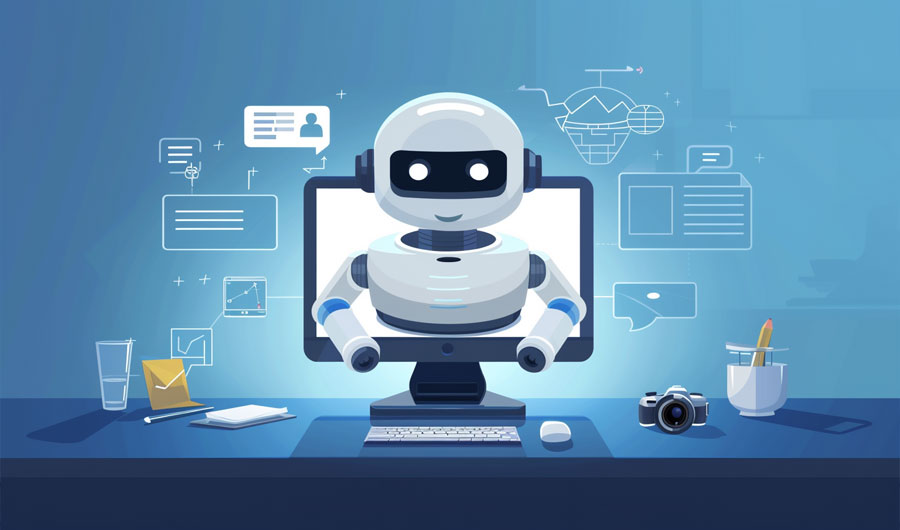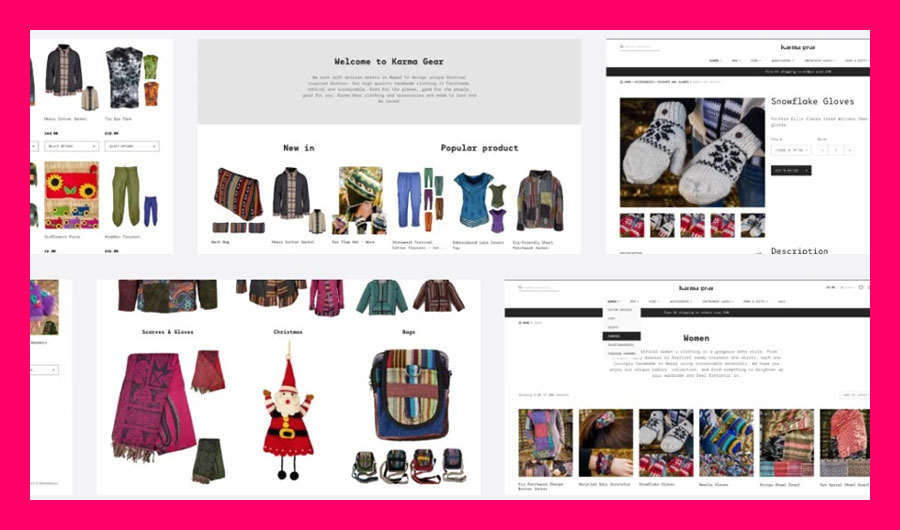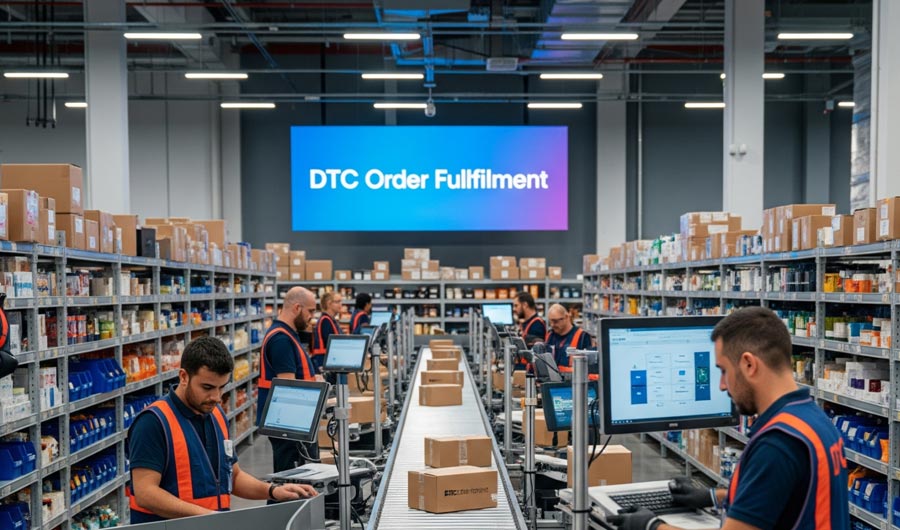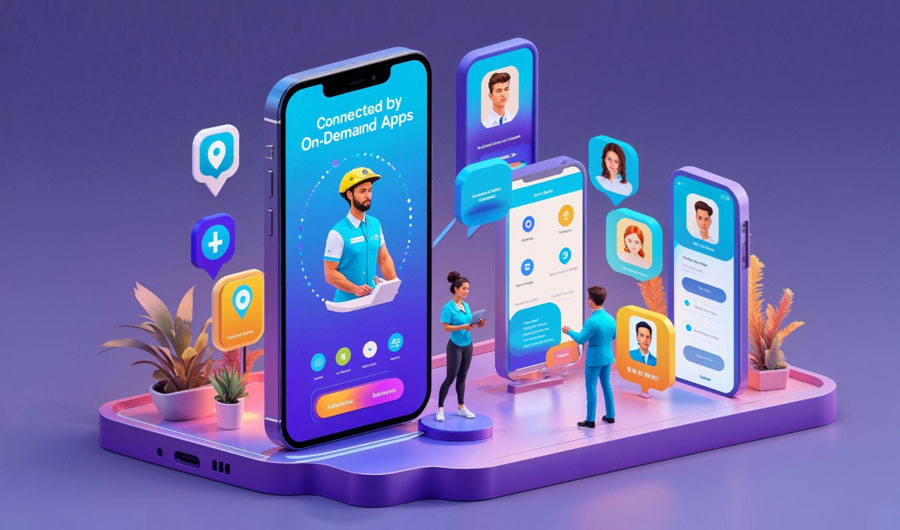
6 Types of Website Chatbots
Chatbots have increasingly become popular among end users and companies in various sectors. These bots can simulate human conversations by receiving human input (text, voice, etc), and providing an appropriate response.
You can deploy chatbots on any communication channel such as social media, website, mobile apps, etc. In this article, we’d describe the 6 types of chatbots in use today.
Understanding what a chatbot is
When talking about online chatbots, there are some terms that are often used interchangeably. Let’s explain them:
First, a chatbot is any software which is capable of having conversations with a user. It doesn’t matter if the bot is powered by basic menus, a couple of rules, or complex technology. They can be generally referred to as chatbots.
Secondly, AI chatbots are chatbots that use AI technology to understand human language and give intelligent replies. Machine learning and deep learning are crucial for training these bots so they can understand user intent and context.
Lastly, a virtual agent is an advanced AI chatbots software that simulates conversations and also uses RPA (Robotic Process Automation) to perform any requested action. The user can access both tools from a single user interface.
6 common chatbots and how they work
Chatbots are conversational tools that are usually based on a variety of technologies. This impacts how each chatbot tends to process user input and generate replies. Let’s explore the 6 most common types of chatbots:
Menu-based (also called button-based) chatbots
These are basic chatbots with a predetermined flow of conversations. They provide the user with several options to choose from (in the form of menus or buttons). When a user clicks on an option, the chatbot would display another set of options until the decision tree hierarchy is complete.
Menu-based chatbots are mostly used to welcome users and also provide guidance so they can achieve their goals.
These bots can only respond to FAQs and other relevant queries that have been programmed into the buttons.
Rules-based chatbots
This chatbot uses a predetermined set of rules to interpret and reply to human input. It’s often built using a conditional if/then approach to evaluate words, sentences, synonyms, etc. Once the bot receives a query, it checks for matching conditions and then provides an appropriate response.
Rule-based bots can determine the context by searching each query for specific terms and patterns. They are mostly useful for predictable and consistent conversations. Such chatbots can’t understand queries that aren’t worded correctly and any unplanned questions that may arise.
Keyword recognition-based chatbots
These are chatbots that use custom keywords and Natural Language Processing (NLP) to understand a user request.
Once they are able to recognize one or more keywords, they automatically respond with an appropriate answer.
These chatbots can answer questions about a company, suggest help articles, and direct users to relevant pages. They are useful for managing a high volume of repetitive requests while human agents focus on complex requests.
AI chatbots
An AI chatbot is an advanced chatbot that uses machine learning and artificial Intelligence algorithms to generate contextually relevant responses. It can interpret the true meaning of queries and the context behind each dialogue.
These chatbots are able to process complex questions and answer requests that go beyond basic FAQs. They can also keep track of past interactions, learn and improve on their own, and offer personalized support to each user.
Voice-activated chatbots
These chatbots are able to support a voice conversation by listening and responding verbally rather than in writing. They are based on AI technologies, deployed on voice channels and use both speech-to-text and text-to-speech.
A voice-activated chatbot can understand spoken queries, determine the context, and provide appropriate responses. They are smart and reliable like AI chatbots but they are a great alternative for certain users that may prefer to speak.
Hybrid chatbots
This is a chatbot platform that combines a simple rules-based and a smart AI-based chatbot technology. It uses the rules-based bot to answer simple queries while the AI is focused on more complex queries from users.
A hybrid chatbot would integrate rule-based components and machine learning technology for more flexibility. It’s a highly scalable chatbot that can respond to a large number of customers and can be deployed to multiple channels.
Conclusion
Those are common types of chatbots that are being used by companies. It’s very important to consider the industry, target demographic, and the complexity of queries before developing these chatbots. They are based on different backend technologies and have a unique user interface.






